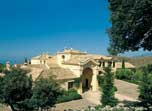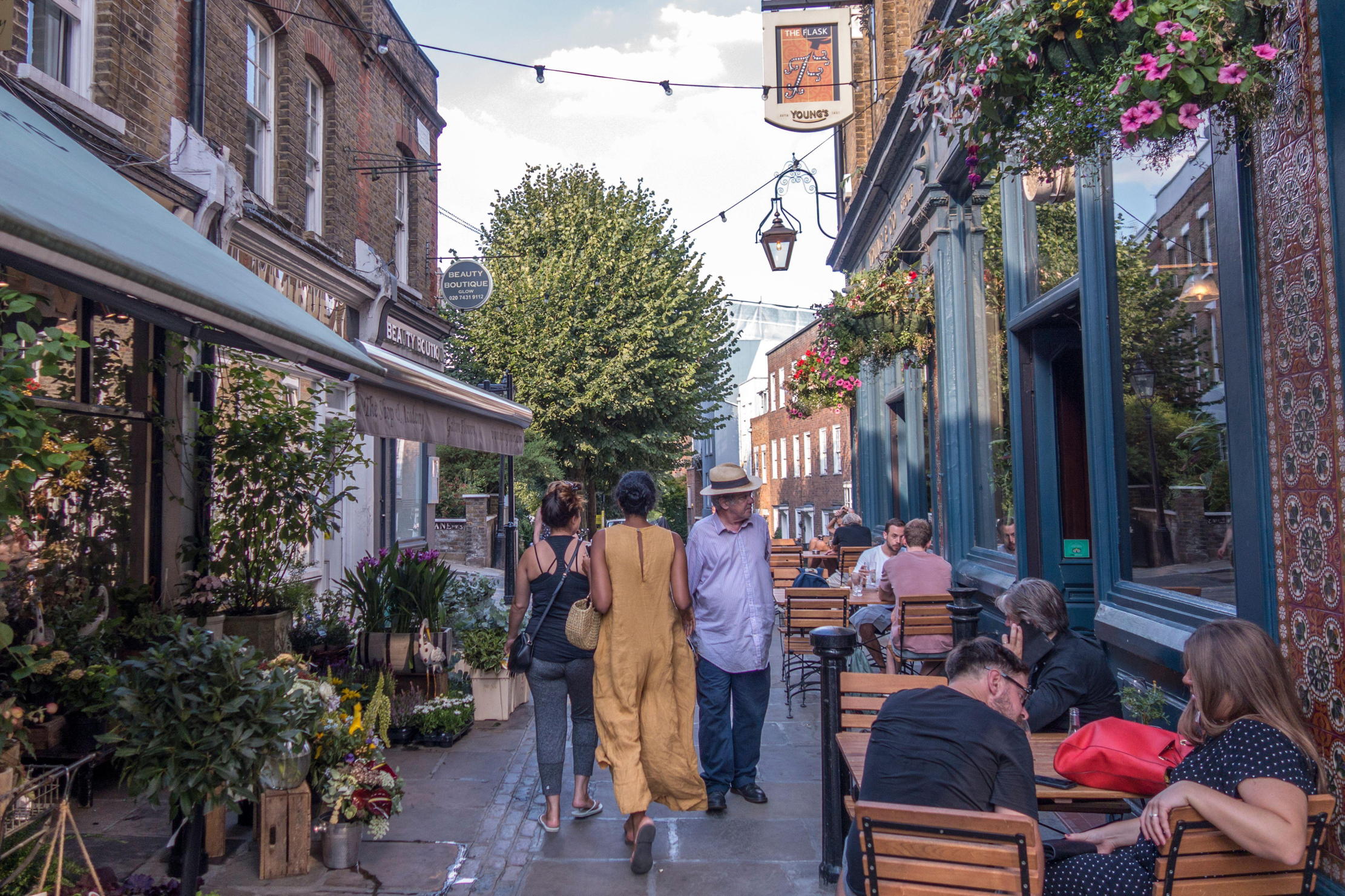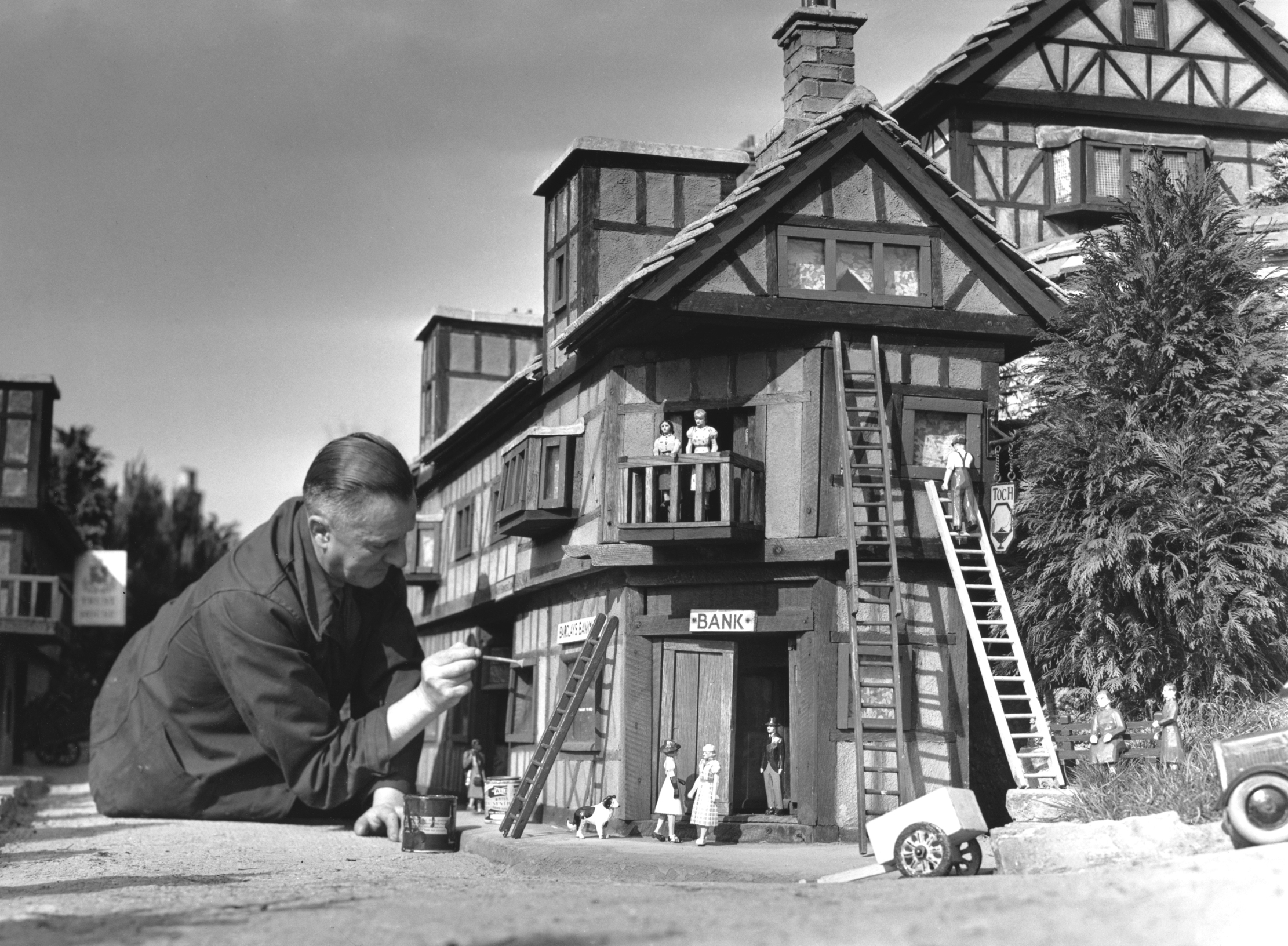Marbella: the big clean up
Corruption in local councils has become endemic in Spain through recent decades but, after a big purge, Marbella has cleaned up its act


Ever since Prince Alfonso von Hohenlohe put Marbella on the map by founding The Marbella Club more than fifty years ago, the town has been a bit special: on the Costa del Sol, there's Marbella and then there is everywhere else. So it's no surprise that the planning scandal uncovered in 2006 was also a bit special - it was the first and highest profile domino to topple, with countless town halls in Spain going under investigation since.
In the 15 years since Jesús Gil was elected mayor and tore up the existing planning regulations (PGOU) until the corruption was uncovered in 2006, some 18,000 properties had been built illegally. And if Interpol, Europol and the French and Spanish police hadn't been collaborating on a separate drug and money laundering investigation in 2003 the Marbella Town Hall might still have been issuing illegal licences to this day. But the trail of dirty money led straight to Marbella and after seizing properties, yachts, cars, paintings by Dalí and Picasso and even planes, it was discovered that many of the sequestered properties were in developments built on protected land. With permission to tap the phones of suspects, massive and systematic corruption in the town hall was uncovered. The mayor and her deputy, a former mayor, the head of planning, lawyers, notaries, policemen and builders were among the dozens arrested, after which the federal government stepped to order the dissolution of the council and the appointment of caretaker administrators. It is estimated that at least €250,000,000 had been laundered through real estate in and around Marbella.
So even before the credit crunch began in 2008, Marbella was in big trouble. But after three years of tough negotiations, the town finally got its act together on January 29, 2010 when the new PGOU was approved by the regional government and it is no longer the basket case of the Spanish property market. Today it is the first high profile coastal resort to return to legitimacy. Meanwhile, throughout the rest of Spain, similar examples of corrupt activity are still being unearthed and mayors and town councillors in handcuffs are seen being led out of town halls almost on a daily basis.
Marbella's new plan runs until 2018. Areas of green zone, where no construction of any kind is allowed, will be tripled to a total of 4.8 million square metres. Public and private investment is budgeted at €1,823 million and the maximum number of new properties allowed in the municipality during the next eight years is set at 26,477, of which 9,459 will be low-cost affordable housing.
Of 18,000 illegal properties, some were built on green zone land while others had exceeded the number of units allowed. 16,500 of these have now been legalised retrospectively, with the offending developers having paid fines or gifted land to the Town Hall. Of the 1,500 illegal properties specifically excluded from the new plan, 1,100 are either finished but unoccupied or construction was halted before completion and the regional government in Seville, the Junta de Andalucía, is demanding demolition.
The real battleground between the Marbella Town Hall and the Junta, whose approval and ratification of the plan was required, has been what to do about the 400 or so occupied properties that remain illegal: the Junta wants these demolished but the town hall knows only too well the damage more bad publicity would do so to avoid further delay in implementing the plan they agreed to disagree. Failure to reach a conclusion means that the future of buildings not legalised in the 2010 plan becomes a judicial matter and may not be settled in the courts for years.
The most high profile of these occupied properties are the 297 Banana Beach apartments which were excluded from the legalisation programme because, in addition to having illegally issued, licences they also contravene the 1988 Ley de Costas (Coastal Law) which prohibits construction within 100 metres of the high water mark. However, Banana Beach residents have organised themselves into a protest group and have objected to the fact that other developments built less than 100 metres from the water have been included in the new plan, demanding that all such properties are treated the same.
Sign up for the Country Life Newsletter
Exquisite houses, the beauty of Nature, and how to get the most from your life, straight to your inbox.
If they thought that this would bring a change of heart by the Junta, they were wrong. In a last-minute alteration to the plan, the Junta agreed with the concept that similar cases are entitled to equal treatment and added six more urbanisations to the list of those that are specifically excluded. The most noteworthy of these are the Casablanca apartments on the beach at San Pedro, probably the highest quality apartments in the area, and they came within a whisker of being legalised. I understand that negotiations are continuing and there is a possibility that they may be made a special case.
With the ratification of the new PGOU Marbella has gone from being the best example of the very worst corruption that has existed for years in town halls all over Spain to being 100% legitimate. Now all they have to do is implement it and stick to the rules in future but as they know they will be under the microscope, with every licence scrutinised in Seville like never before, there is confidence that Marbella can now move on.
Barbara Wood is a buying agent with specialist knowledge of the property market in Andalucía +44 (0)800 622 6745; +44 (0)7714 219091; www.thepropertyfinders.com
Country Life is unlike any other magazine: the only glossy weekly on the newsstand and the only magazine that has been guest-edited by HRH The King not once, but twice. It is a celebration of modern rural life and all its diverse joys and pleasures — that was first published in Queen Victoria's Diamond Jubilee year. Our eclectic mixture of witty and informative content — from the most up-to-date property news and commentary and a coveted glimpse inside some of the UK's best houses and gardens, to gardening, the arts and interior design, written by experts in their field — still cannot be found in print or online, anywhere else.
-
 A day walking up and down the UK's most expensive street
A day walking up and down the UK's most expensive streetWinnington Road in Hampstead has an average house price of £11.9 million. But what's it really like?
By Lotte Brundle Published
-
 Life in miniature: the enduring charm of the model village
Life in miniature: the enduring charm of the model villageWhat is it about these small slices of arcadia that keep us so fascinated?
By Kirsten Tambling Published
